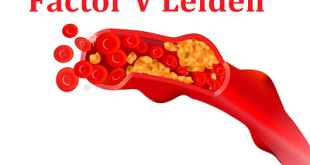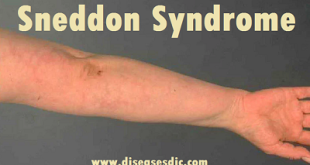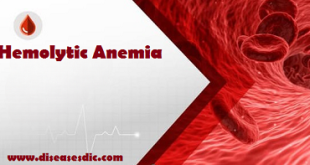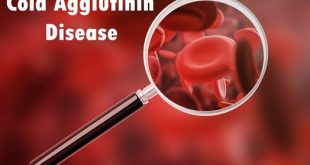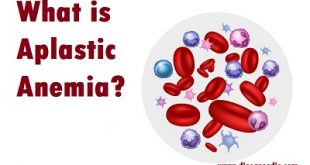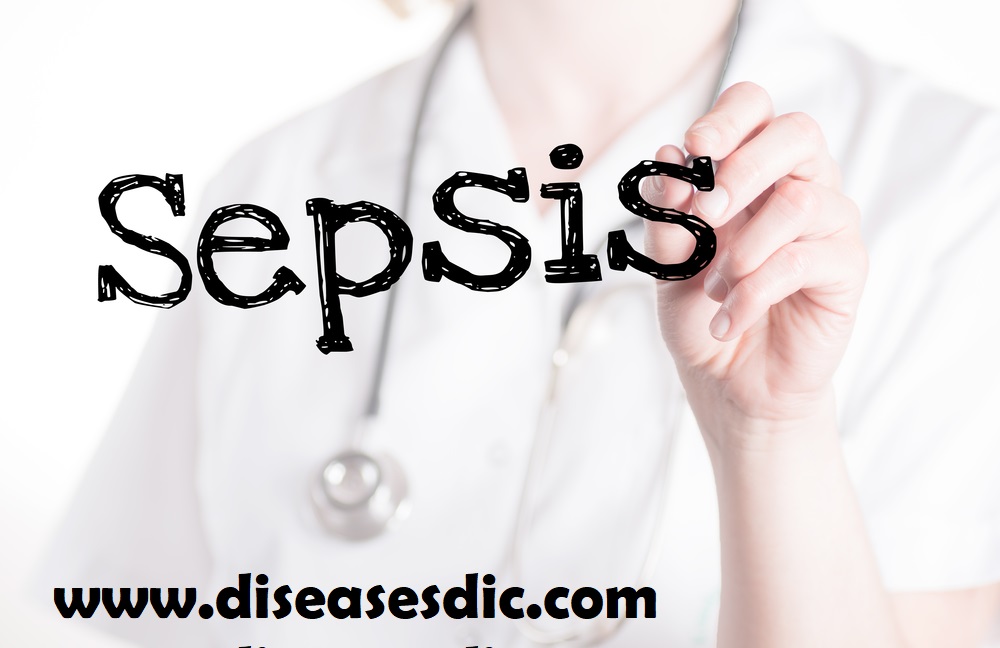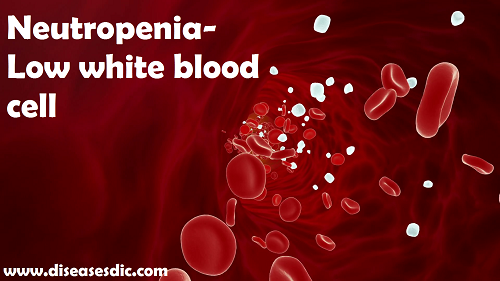Overview of Factor V Leiden Factor V Leiden is a genetic mutation that affects blood clotting within the human body. This mutation leads to an increased risk of developing abnormal blood clots, a condition known as thrombophilia. Normally, when an injury occurs, a complex series of events takes place to …
Read More »Sneddon Syndrome – Classification, Symptoms and Treatment
Definition Sneddon syndrome is a rare, progressive condition that affects blood vessels. It is primarily characterized by livedo reticularis (net-like patterns of discoloration on the skin) and neurological abnormalities. Symptoms may include transient ischemic attacks (mini-strokes) and strokes; headache; dizziness; high blood pressure; and heart disease. Reduced blood flow to …
Read More »Hemolytic Anemia – Types, Complications and Treatment
Definition Hemolytic anemia is a medical condition in which the life span of red blood cells is either reduced or prematurely destroyed.The condition of red blood cells being destroyed is called hemolysis. Red blood cells act as a transport medium to carry oxygen to all parts of the body. If …
Read More »Cold Agglutinin Disease (CAD) – Types, Causes and Diagnosis
Overview Cold agglutinin disease is a form of autoimmune hemolytic anemia caused by cold-reacting autoantibodies (a type of protein produced by the immune system). Primary cold agglutinin disease is usually associated with monoclonal (produced from a single ancestral cell by repeated cellular replication) cold-reacting autoantibodies. Primary cold agglutinin disease is chronic …
Read More »Aplastic Anemia – Classification, Diagnosis, and Treatment
Definition Aplastic anemia (AA) can be inherited or acquired. Inherited forms usually present during the first decade of life, but in rare cases may manifest in adulthood. It is a rare blood disorder in which it occurs when a child’s bone marrow produces too few of the three types of …
Read More »Sepsis – Pathophysiology, Treatment, and Prevention.
What is sepsis? Sepsis is a life-threatening illness caused by your body’s response to an infection. Your immune system protects you from many illnesses and infections, but it’s also possible for it to go into overdrive in response to an infection. Sepsis develops when the chemicals the immune system releases …
Read More »Neutropenia- Causes, Symptoms, Treatment and Prevention
Definition Neutropenia is when a person has a low level of neutrophils. It is a type of white blood cell. All white blood cells help the body fight infection. Neutrophils fight infection by destroying harmful bacteria and fungi (yeast) that invade the body. Neutrophils are made in the bone marrow. …
Read More »Gangrene – Causes, Symptoms, and Treatment
What is gangrene? Gangrene, which refers to tissue death caused by a severe shortage of blood supply or serious bacterial infection, occurs in lower extremities. It is more common in the toes than other parts of the body. Gangrene tends to happen more often among people with peripheral artery …
Read More » Diseases Treatments Dictionary This is complete solution to read all diseases treatments Which covers Prevention, Causes, Symptoms, Medical Terms, Drugs, Prescription, Natural Remedies with cures and Treatments. Most of the common diseases were listed in names, split with categories.
Diseases Treatments Dictionary This is complete solution to read all diseases treatments Which covers Prevention, Causes, Symptoms, Medical Terms, Drugs, Prescription, Natural Remedies with cures and Treatments. Most of the common diseases were listed in names, split with categories.
